

 MARTIN LOVELL looks back at the evolution of Southern liveries.
MARTIN LOVELL looks back at the evolution of Southern liveries.
In 1923, all of the smaller railway companies were consolidated into the 'Big-Four', namely Southern Railway, London North Eastern Railway, London Midland and Scottish Railway, and Great Western Railway.
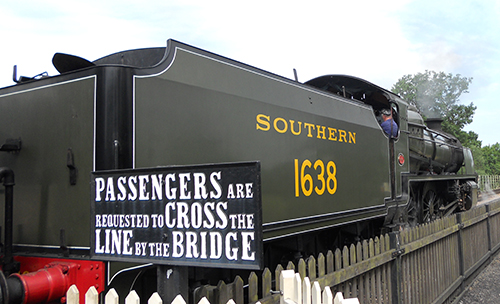
Maunsell Green U-Class 1638 at the Bluebell Railway.
The Locomotives and rolling stock were painted in the company's own liveries - all of which will be well known to long-time enthusiasts - but to recap, Southern engines were usually green. The shade of green depended on the chief mechanical engineer at the time. From formation of the company until 1927 it was Richard Maunsell and he favoured an Olive green. Between 1937 and nationalisation in 1948, Oliver Bulleid changed the main locomotive colour to a bright Malachite green. Locomotives serviced during the Second World War were repainted black due to scarcity of paint.
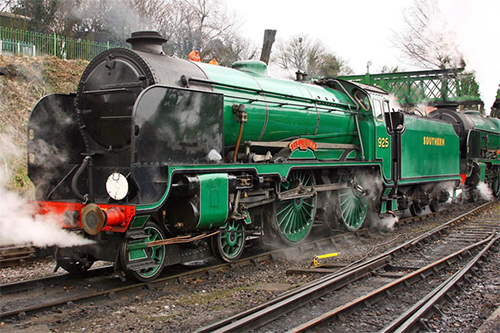
Schools Class 'Cheltenham' in Malachite Green.
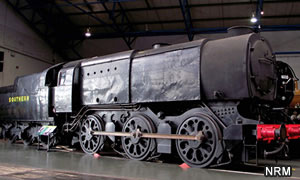
Q1 in Southern Wartime Black.
Coaching stock was also green, with older Maunsell Green coaches repainted Malachite if appropriate (or possible!) The exception was Pullman-liveried coaches, as used on the classic express trains such as the Brighton Belle, Devon Belle, and Atlantic Coast Express.
Freight stock was generally brown or grey, depending if the wagon was fitted with vacuum braking or not.
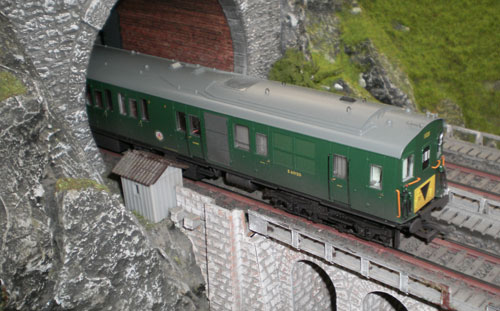
Bachmann 2-Car DMU in Southern Green.
The Green livery was also applied to Southern Electric stock, as the Southern was by far the largest user of Electric multiple units in the country with a light olive livery with full lining to start with, then a plainer, darker olive.
In 1948, the Big 4 were amalgamated into British Railways and for a while it looked as though one livery would be applied to all regional stock; for example, Crimson and Cream coaches and black Locomotives. What actually happened was each region seemed to go its own way, with the Western Region keeping its brown and cream coach livery, and Southern region sticking to green.
In 1965 Rail Blue was chosen for locomotives and stock, so many of the green multiple units ended up in blue with yellow ends (with the exception of the Brighton Belle which was still in Pullman livery) and finally to BR blue and grey in the early 1970s.
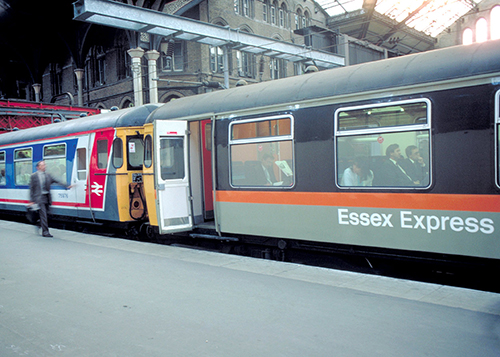
Two Class 309s, one in NSE 'Toothpaste' and the other in 'Jaffa Cake'.
From the 1980s onwards the railways were sectorised and privatised. Before the iconic (for one who lives round here - Ed) "Toothpaste" livery of Network SouthEast came into being, there was the short-lived and barely used "Jaffa Cake" livery.
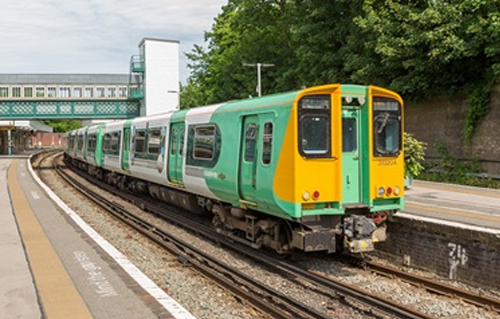
Two Class 309s, one in NSE 'Toothpaste' and the other in 'Jaffa Cake'.
With privatisation in 1996, the Southern region was split into different operators. With the taking over of the railway by Govia in 2003 the current Southern livery was applied in 2004 and has remained the same to this day.
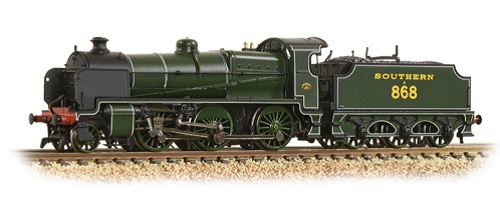
Graham Farish GF372-934DS N Class in Maunsell Green
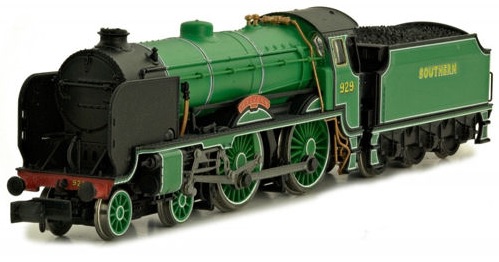
Dapol DA2S-002-003 Schools Class in Malachite Green

Bachmann B31-236A Class 205 1121 2 Car DEMU BR (SR) Green SYP Weathered.
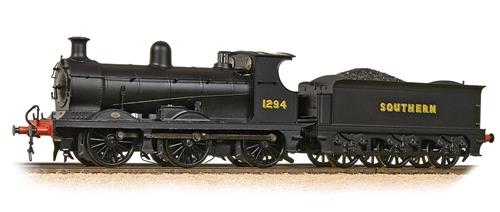
Bachmann B31-461A C-Class in Wartime Black
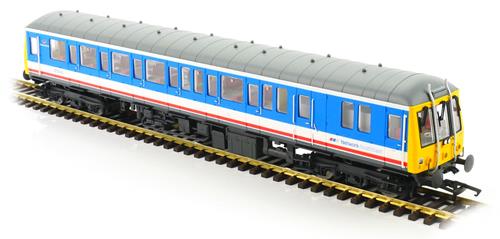
Dapol DA4D-015-006 Class 122 in Network SouthEast Toothpaste livery.
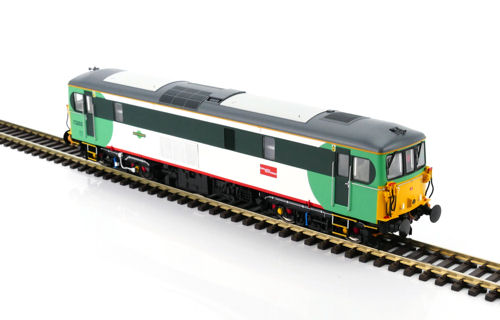
Dapol DA4D-006-013 Class 73 in Govia Southern.